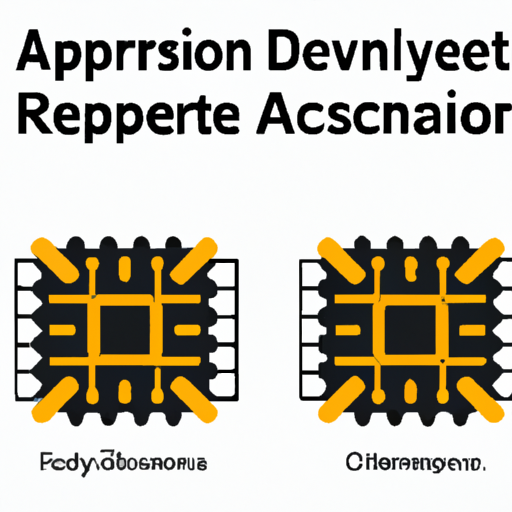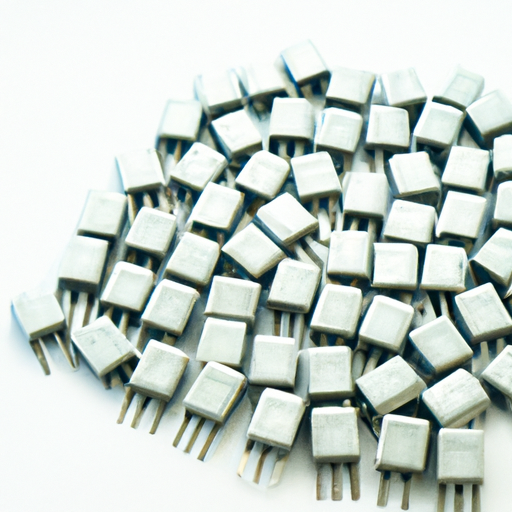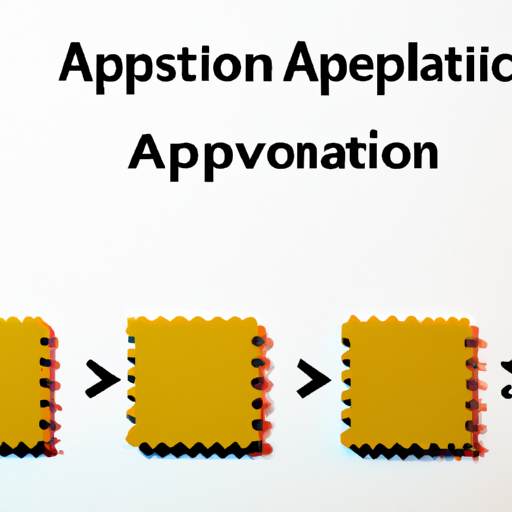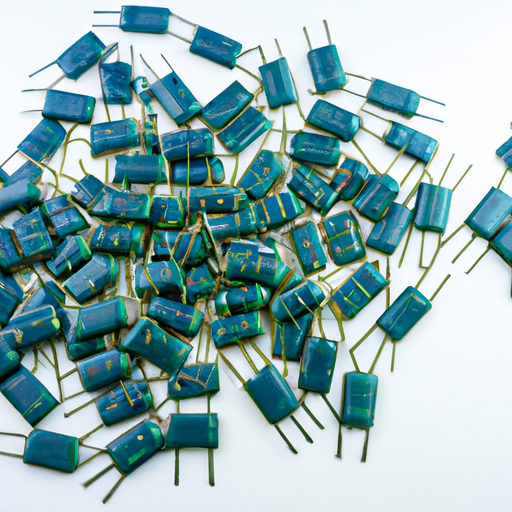CFR-25JB-52-220R Resistors highlighting the core functional technology articles and application development cases of Resistors that are effective.
Core Functional Technologies of Resistors
1. Current Limiting: Resistors are essential for controlling the flow of current in electronic circuits. For instance, in LED applications, a resistor like the CFR-25JB-52-220R is used to limit the current to a safe level, preventing damage to the LED. This is achieved by calculating the appropriate resistance value based on the LED's forward voltage and desired current.
2. Voltage Division: Resistors can be configured in series to create voltage dividers, which are crucial for applications requiring specific voltage levels. For example, in sensor circuits, a voltage divider can convert a higher voltage signal into a lower, usable voltage for microcontrollers or ADCs (Analog-to-Digital Converters).
3. Pull-Up and Pull-Down Resistors: In digital electronics, pull-up and pull-down resistors ensure that inputs to logic gates are at defined levels when not actively driven. This is particularly important in microcontroller applications where floating inputs can lead to unpredictable behavior.
4. Biasing: Resistors are used to set the biasing conditions for transistors, ensuring they operate in the desired region of their characteristic curves. This is critical in amplifier circuits where the linearity and gain of the transistor must be controlled.
5. Feedback and Stability: In operational amplifier circuits, resistors are integral to feedback loops, determining the gain and stability of the amplifier. Proper resistor selection can enhance performance in signal processing applications.
Application Development Cases
1. LED Circuit Design: When designing LED circuits, engineers often refer to articles that detail the calculation of resistor values. For example, using Ohm's Law, one can determine the necessary resistance to ensure the LED operates within its specified current range, thus prolonging its lifespan.
2. Sensor Interface Circuits: Resistors are frequently used in sensor applications to create voltage dividers. Case studies illustrate how to design these circuits for accurate sensor readings, such as interfacing thermistors with microcontrollers to measure temperature.
3. Audio Amplifier Design: In audio applications, resistors are used to set gain levels and filter frequencies. Articles may discuss how to optimize resistor values to achieve desired audio characteristics, such as minimizing distortion and maximizing fidelity.
4. Microcontroller Input Protection: Resistors can protect microcontroller inputs from overvoltage conditions. Application notes often detail the implementation of series resistors to limit current and prevent damage from voltage spikes, ensuring the longevity of the microcontroller.
5. Power Supply Regulation: In power supply circuits, resistors work alongside capacitors and inductors to filter and stabilize output voltages. Case studies may demonstrate how to design these circuits to handle specific load conditions, ensuring reliable power delivery.
Effective Resistor Selection
When selecting resistors like the CFR-25JB-52-220R for specific applications, consider the following factors:
| Power Rating: Ensure the resistor can handle the power dissipation without overheating. The CFR-25JB-52-220R, rated at 1/4 watt, is suitable for low-power applications.Power Rating: Ensure the resistor can handle the power dissipation without overheating. The CFR-25JB-52-220R, rated at 1/4 watt, is suitable for low-power applications. |
| Tolerance: Choose a resistor with an appropriate tolerance (5% for CFR-25JB-52-220R) to ensure accuracy in critical applications where precise resistance values are necessary.Tolerance: Choose a resistor with an appropriate tolerance (5% for CFR-25JB-52-220R) to ensure accuracy in critical applications where precise resistance values are necessary. |
- Temperature Coefficient: Consider how temperature variations may affect resistance values, especially in precision applications. Resistors with low temperature coefficients are preferable for stable performance.
- Material Type: Different resistor materials (carbon film, metal film, wire-wound) have unique characteristics. For example, carbon film resistors like the CFR-25JB-52-220R are often chosen for their stability and cost-effectiveness in general applications.
Conclusion
Resistors, including the CFR-25JB-52-220R, are fundamental components in electronic circuit design, serving various critical functions. Understanding their core technologies and application cases enhances the effectiveness of electronic designs. For engineers and designers, selecting the right resistor for the right application is essential for achieving optimal performance and reliability in electronic systems. By leveraging the principles outlined above, designers can create robust and efficient circuits that meet the demands of modern technology.












